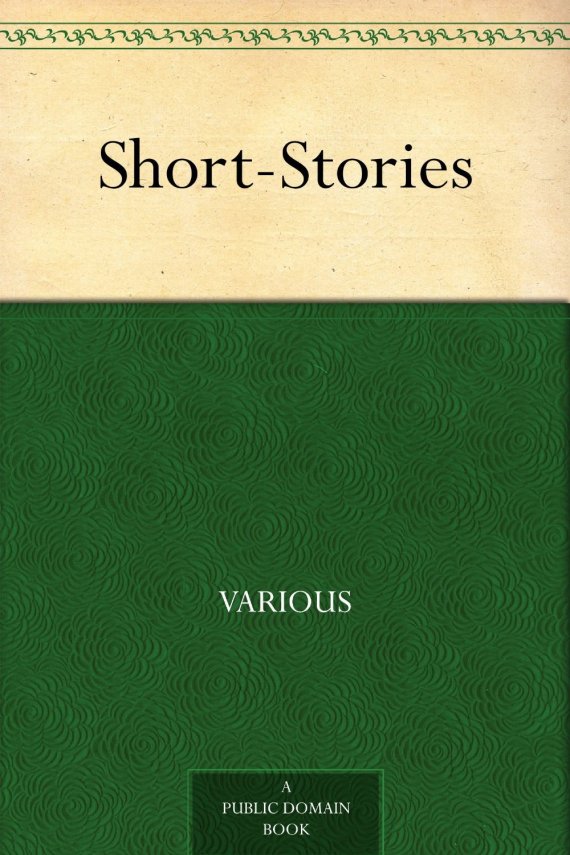“Every writer I know has trouble writing.” Joseph HellerThis collection of ten short stories, Short-Stories [Kindle Edition] Various (Author), L. A. (Lemuel Arthur) Pittenger (Editor), was assembled nearly 100 years ago as a teaching aid. It “attempt[s] to present selections from a list of the greatest short-stories that have proved, in actual use, most beneficial to high school students.” The introduction presents a brief history of the short story from Cervantes’ “The Liberal Lover” in the seventeenth century to its widespread popularity in the early twentieth century. It also defines the essence of the short story, not by its length, but that it “…deals with a single character, a single event, a single emotion, or the series of emotions called forth by a single situation.” Each element in the short story should build to the stories point, even when it comes as a surprise to the reader. The introduction ends with a list of short story collections for suggested reading.
 The stories listed in the table of contents are:
The stories listed in the table of contents are:“The Father” by Bjoernstjerne Bjoernson
“The Griffin and the Minor Canon” by Frank R. Stockton
“The Piece of String” by Guy de Maupassant
“The Man Who Was” by Rudyard Kipling
“The Fall of the House of Usher” by Edgar Allan Poe
“The Gold-Bug”, by Edgar Allan Poe
“The Birthmark” by Nathaniel Hawthorne
“Ethan Brand,” by Nathaniel Hawthorne
“The Sire de Maletroit’s Door” by Robert Louis Stevenson
“Markheim” by Robert Louis Stevenson
_____
What is a short story?
A short story is a brief work of literature, usually written in narrative prose. Emerging from earlier oral storytelling traditions in the 17th century, the short story has grown to encompass a body of work so diverse as to defy easy characterization. At its most prototypical the short story features a small cast of named characters, and focuses on a self-contained incident with the intent of evoking a “single effect” or mood. In so doing, short stories make use of plot, resonance, and other dynamic components to a far greater degree than is typical of an anecdote, yet to a far lesser degree than a novel. While the short story is largely distinct from the novel, authors of both generally draw from a common pool of literary techniques.
Short stories have no set length. In terms of word count there is no official demarcation between an anecdote, a short story, and a novel. Rather, the form’s parameters are given by the rhetorical and practical context in which a given story is produced and considered, so that what constitutes a short story may differ between genres, countries, eras, and commentators. Like the novel, the short story’s predominant shape reflects the demands of the available markets for publication, and the evolution of the form seems closely tied to the evolution of the publishing industry and the submission guidelines of its constituent houses.
The short story has been considered both an apprenticeship form preceding more lengthy works, and a crafted form in its own right, collected together in books of similar length, price, and distribution as novels. Short story writers may define their works as part of the artistic and personal expression of the form. They may also attempt to resist categorization by genre and fixed form.
NOTE: 10:07 pm Stopped movie (Armageddon 1998) at 120:24.
10:47 pm Stopped movie (Armageddon 1998) at 148:19.
No comments:
Post a Comment